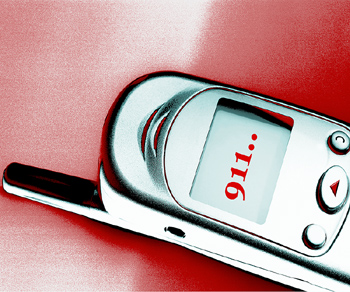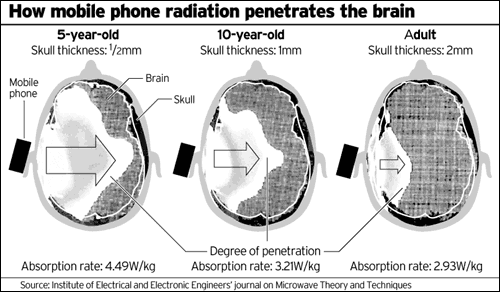| Senior Texting Words Since more and more Seniors are texting and tweeting, there appears to be a real need for an STC (Senior Texting Code)..! ATD:.........At The Doctor's NTWD: No texting while driving! However… Please no texting while driving… especially for us Seniors and teens!! |
The AT&T documentary, "The Last Text," is about 11 minutes long. View the entire video below HERE: http://www.youtube.com/watch?v=DebhWD6ljZs
St. Louis, MO (KPLR)-- Each year, as New Year's eve approaches, we hear warnings about drinking and driving. This year comes an additional warning: don't text and drive.
AT&T has produced a documentary focusing on Missouri teens killed while texting behind the wheel. The documentary features a young woman from Grain Valley, Missouri who points to a picture and says, "This is my sister. She was looking at my message that I just sent her. "
The teenager died after she over-corrected while driving on a Kansas highway last year. Her truck flipped over. Police say she was texting while driving.
Her guilt ridden sister weeps as she says, "People will tell you over and over again its not your fault, but knowing you were the person she was talking to when she was killed, just having a highway patrol officer write in a report that a text message sent at 12:05 is the reason that she is dead is not something that will ever go away."
The documentary is called "The Last Text." A Missouri highway patrol trooper is interviewed about another horrific accident in Neosho last year. When he arrived at the scene he saw a pair of shoes in a pool of blood and knew it was a young girl.
18- year-old Mariah West was killed in the accident. The trooper looked inside the car. "And at that point is when I noticed her cap and gown was still in her car. She was going to graduate the next day." He chokes up, shakes his head and says, "all because of a senseless text message. It’s just sad, sorry, it’s just sad."
The AT&T documentary, "The Last Text," is about 11 minutes long. View the entire video below HERE: http://www.youtube.com/watch?v=DebhWD6ljZs
AT&T is also encouraging people to make the pledge via its Facebook page.
· Adults Text While Driving Just as Much as Teenagers
· Teens Prefer Texting vs. Calling ... Except to Parents
· Distracted Driving: The Dangers of Mobile Texting and Phone Calls
HAPPY NEW YEAR!!! MAKE IT A SAFE ONE!


 A collaborative team of international EMF activists has released a report detailing eleven design flaws of the 13-country, Telecom-funded Interphone study.
A collaborative team of international EMF activists has released a report detailing eleven design flaws of the 13-country, Telecom-funded Interphone study.